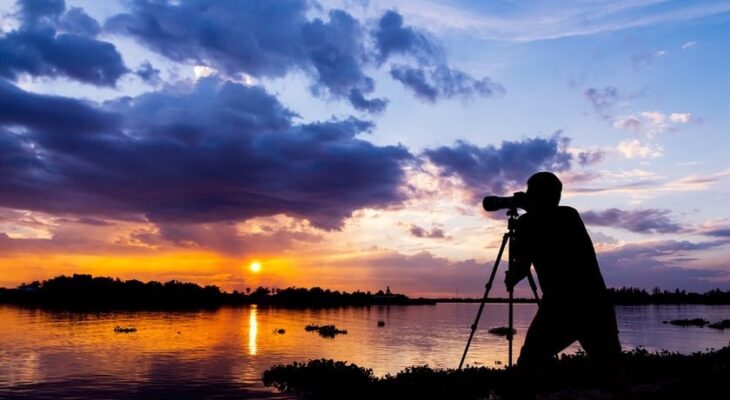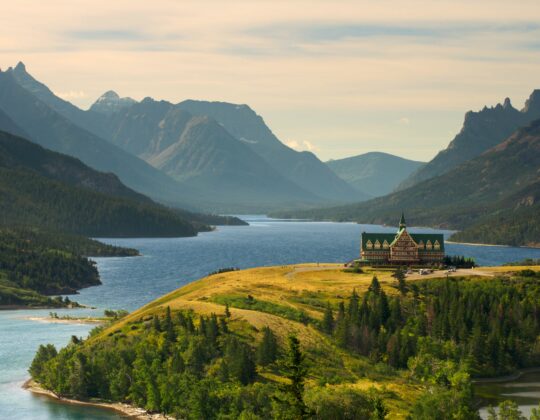In the ever-evolving world of visual storytelling, outdoor photography stands as a powerful medium for capturing the beauty, essence, and narratives of the natural world. From majestic landscapes to the intimate details of flora and fauna, outdoor photography allows storytellers to weave compelling tales through the lens. In this article, we’ll explore the art of outdoor photography and how it intertwines with the ancient craft of storytelling, creating narratives that transcend time and space.
Understanding the Essence of Outdoor Photography:
Outdoor photography is more than just capturing images; it’s about conveying emotions, telling stories, and immersing viewers in the wonders of the great outdoors. To master this art form, consider the following elements:
- Composition and Framing:
- A well-composed photograph is like a carefully crafted sentence. Understand the basics of composition, such as the rule of thirds, leading lines, and framing, to create visually compelling narratives within your images.
- Lighting:
- Mastering natural light is a cornerstone of outdoor photography. Pay attention to the golden hours—early morning and late afternoon—when the sunlight casts a warm and soft glow, enhancing the mood and atmosphere of your images.
- Perspective and Depth:
- Experiment with various perspectives to add depth and dimension to your photographs. Capture the vastness of landscapes or focus on the intricate details of a single subject to convey different aspects of your storytelling.
- Timing and Patience:
- Outdoor photography often requires patience and perfect timing. Wait for the right moment to capture natural phenomena, wildlife behavior, or the interplay of light and shadows. Patience becomes an essential tool in the storyteller’s kit.
Crafting Narratives Through Outdoor Photography:
- Choose a Focal Point:
- Every story has a focal point, a central element that draws the viewer in. In outdoor photography, this could be a striking mountain peak, a delicate wildflower, or a captivating wildlife subject. Select a focal point that serves as the anchor for your narrative.
- Create a Visual Journey:
- Approach your outdoor photography as if you are guiding viewers on a visual journey. Establish a narrative arc by capturing a series of images that unfold seamlessly, revealing different aspects of the landscape or subject.
- Capture the Mood and Atmosphere:
- Use your photography to evoke emotions and convey the mood of the outdoor scene. Whether it’s the serenity of a quiet forest, the drama of a stormy sky, or the vibrancy of a sunset, infuse your images with the atmosphere that aligns with your narrative.
- Tell a Story with Details:
- The beauty of outdoor storytelling lies in the details. Zoom in on the intricate patterns of a leaf, the texture of a rock, or the delicate veins of a petal. These close-up shots contribute to the overall narrative, offering viewers a more intimate connection with the subject.
- Consider the Surroundings:
- Outdoor photography is not just about capturing the main subject; it’s about incorporating the surroundings to enrich the story. Showcase the environment, whether it’s a pristine wilderness or an urban park, to provide context and depth to your narrative.
The Role of Storytelling in Outdoor Photography:
- Capturing Moments in Time:
- Outdoor photography freezes moments in time, allowing storytellers to create visual narratives that transcend temporal boundaries. A photograph becomes a window into a specific moment, preserving the beauty and essence of that fleeting instance.
- Conveying Emotions:
- A powerful outdoor photograph has the ability to evoke emotions in viewers. Whether it’s awe, tranquility, or excitement, the emotional impact of an image is integral to storytelling. Strive to capture moments that resonate emotionally with your audience.
- Environmental Conservation and Awareness:
- Many outdoor photographers use their craft to tell stories of environmental conservation and raise awareness about the fragility of ecosystems. Through impactful images, photographers become advocates for the preservation of nature, turning their narratives into a call to action.
- Cultural and Human Stories:
- Outdoor photography extends beyond landscapes and wildlife; it encompasses the stories of human interaction with nature. Documenting cultural practices, outdoor adventures, and the symbiotic relationship between people and the environment adds layers to the overarching narrative.
Techniques to Enhance Outdoor Photography Storytelling:
- Use Leading Lines:
- Incorporate leading lines into your compositions to guide viewers through the narrative. Trails, rivers, or converging tree branches can lead the eye, creating a visual journey within the frame.
- Experiment with Depth of Field:
- Play with depth of field to highlight specific elements of your story. A shallow depth of field can draw attention to a single subject, while a deep depth of field can capture the entirety of a vast landscape.
- Tell Stories Across Seasons:
- Showcase the changing seasons to add a dynamic element to your storytelling. A series of images depicting a location in different seasons can create a comprehensive narrative that highlights the cyclical nature of the natural world.
- Include Human Elements:
- Incorporate human elements into your outdoor photography to create relatable narratives. Whether it’s a hiker on a mountain trail or a family enjoying a picnic, human presence adds a personal touch to the story.
- Experiment with Silhouettes:
- Silhouettes can be powerful storytelling tools, especially during sunrise or sunset. Experiment with capturing the outlines of subjects against colorful skies to evoke a sense of mystery or drama.
The Intersection of Outdoor Photography and Digital Storytelling:
In the age of digital media, outdoor photographers have an array of tools at their disposal to enhance their storytelling capabilities:
- Social Media Platforms:
- Share your outdoor photography narratives on social media platforms to reach a wider audience. Use captions and hashtags to provide context and engage with viewers, turning your images into an ongoing visual story.
- Blogging and Writing:
- Accompany your outdoor photographs with written narratives through blogs or captions. Share the stories behind the images, your experiences in the field, and the emotions captured in each frame.
- Visual Storytelling Apps:
- Explore visual storytelling apps that allow you to create multimedia presentations. Combine images, audio, and text to craft immersive narratives that transport viewers into the heart of your outdoor adventures.
Conclusion:
Outdoor photography is a dynamic form of storytelling that transcends words, allowing individuals to connect with the profound beauty of the natural world. Through thoughtful composition, a keen understanding of narrative elements, and the integration of storytelling techniques, photographers can transform their images into powerful tales. As you embark on your outdoor photography journey, consider the stories you wish to tell and let the landscape become your canvas for crafting narratives that resonate across time and space.











